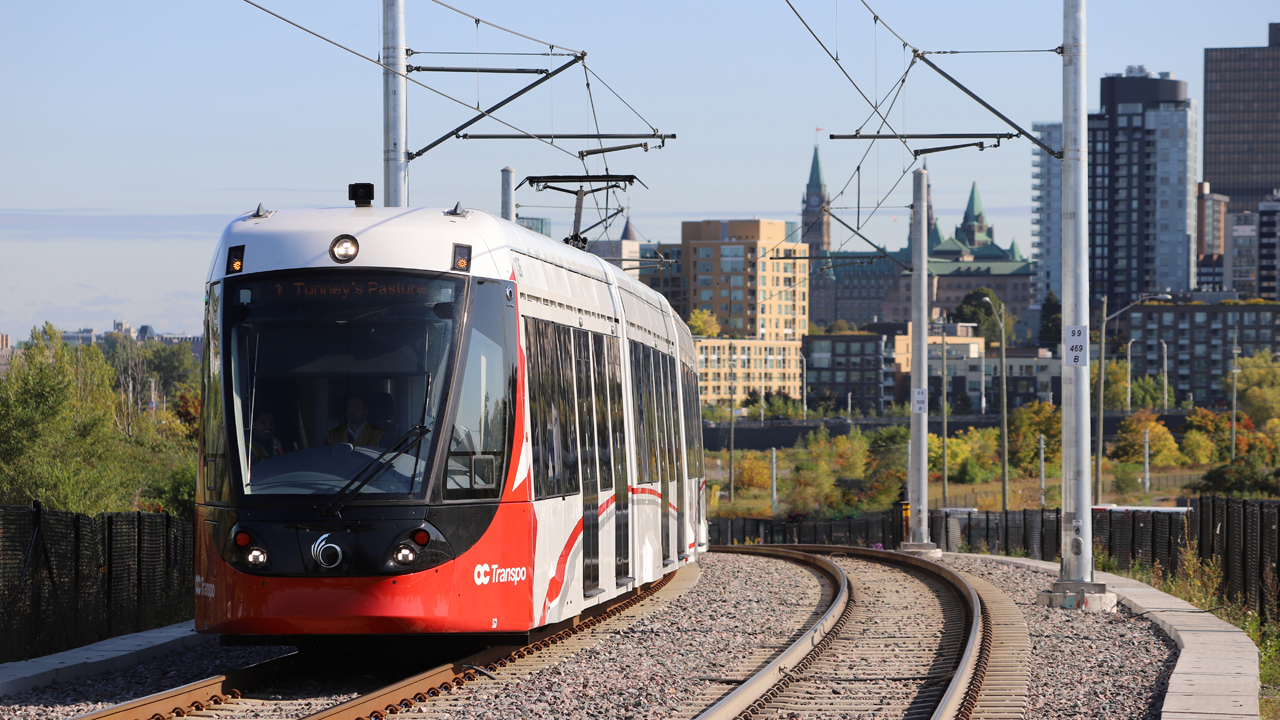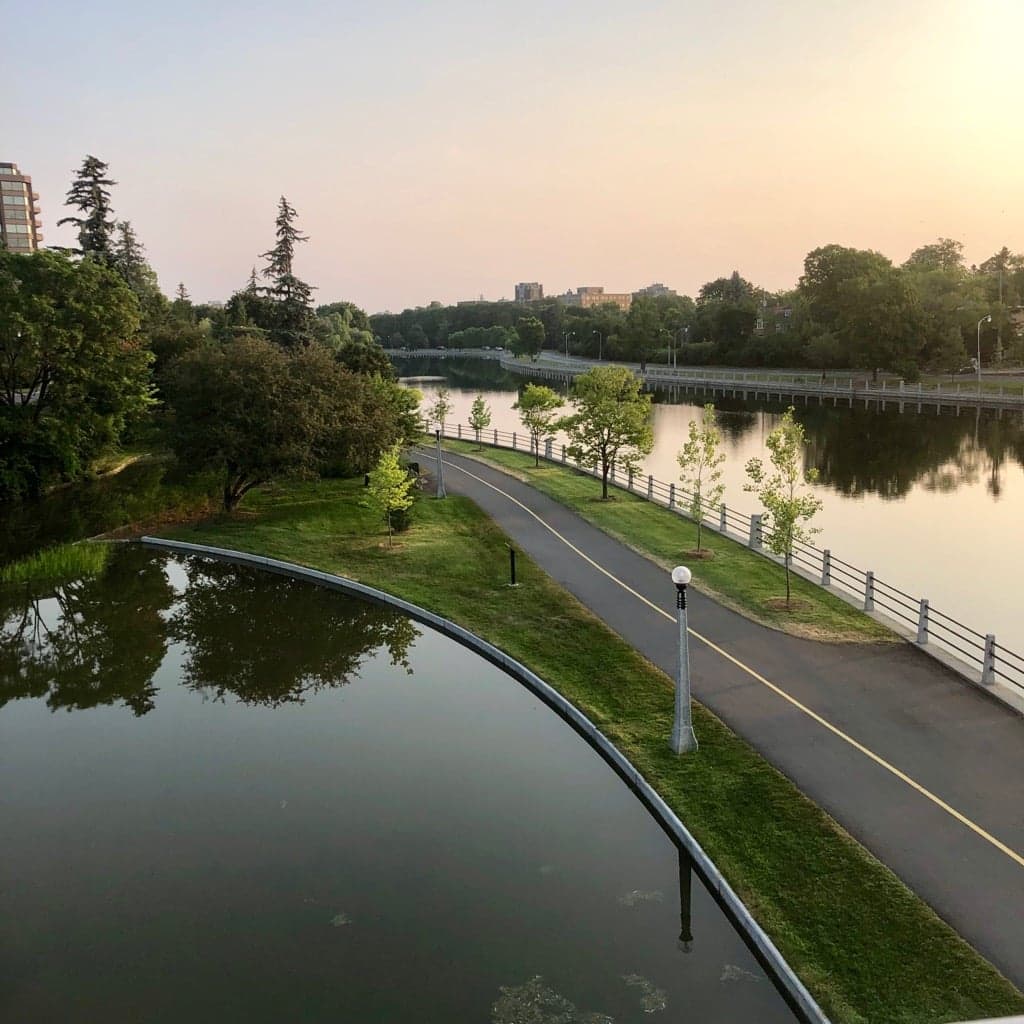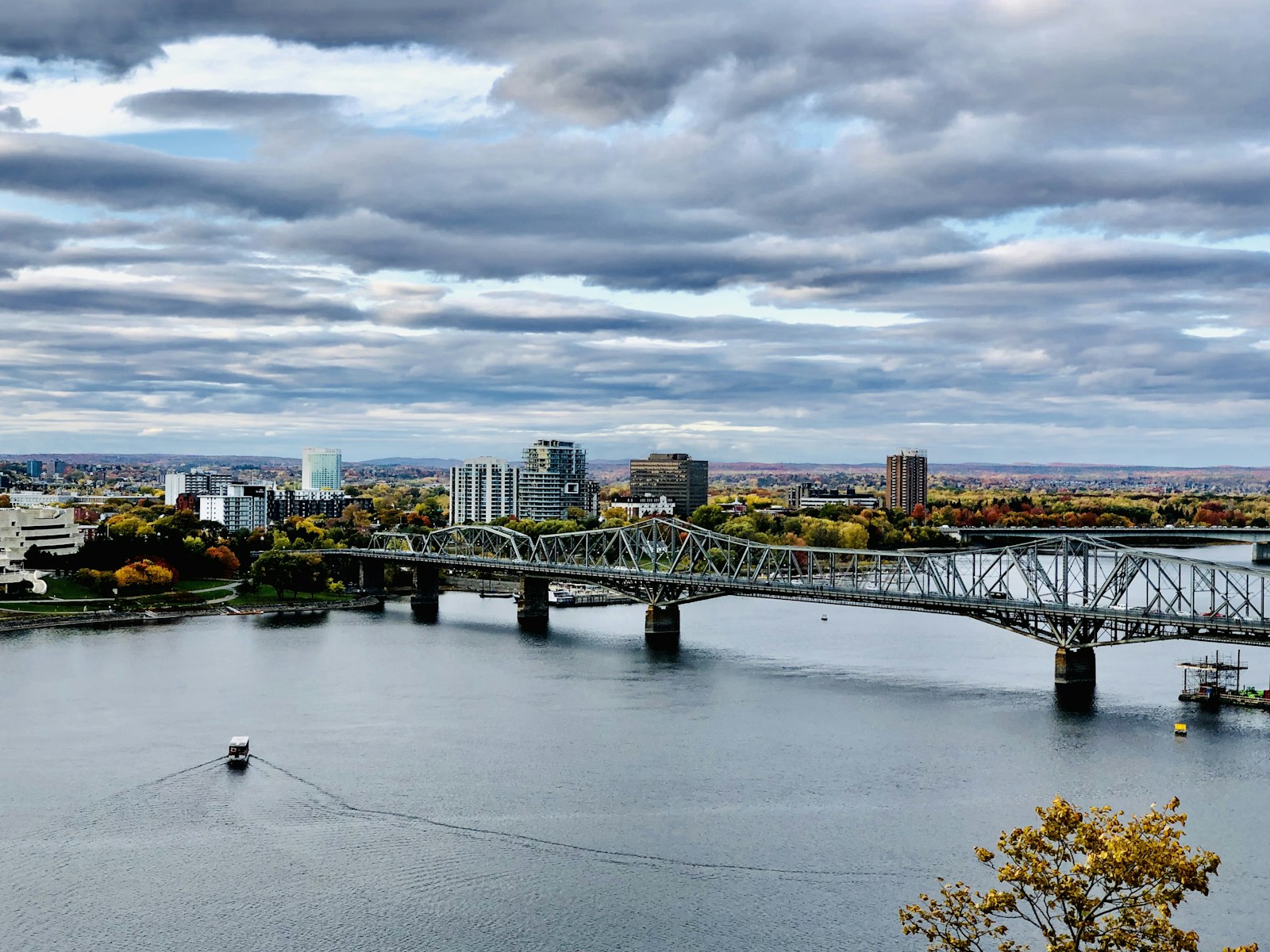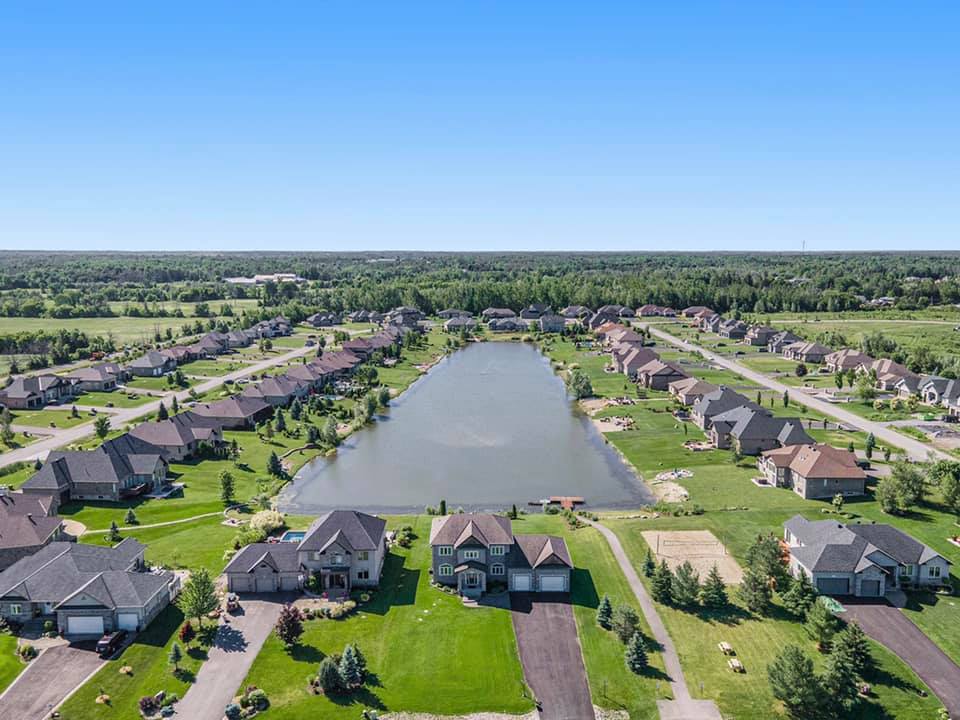Introduction: The Smart Investor’s Play — Buy Before the Tracks Arrive
The Stage 3 LRT expansion is one of the most transformative infrastructure projects in Ottawa’s history. Building on the success of Stage 1 (Tunney’s Pasture to Blair) and Stage 2 (extending to Riverside South, Moodie, and Trim), Stage 3 pushes transit access deeper into Kanata, Stittsville, and Barrhaven — areas already experiencing massive housing demand.
For real estate investors, the golden rule is simple: buy before the train arrives. Properties near future LRT stations tend to see accelerated appreciation, stronger rental demand, and reduced vacancy rates once service begins.
This guide explores where to buy near Ottawa’s future Stage 3 LRT stops, which neighborhoods are heating up, and how to strategically invest ahead of the curve.
1. Understanding Stage 3 of Ottawa’s LRT Expansion
Stage 3 will extend Ottawa’s light rail network west and south, creating a continuous link from Stittsville and Kanata to Barrhaven, and beyond.
Key goals include:
Connecting major suburban employment hubs
Reducing car dependency in outer neighborhoods
Stimulating transit-oriented development (TOD)
Supporting Ottawa’s long-term growth and green goals
While timelines are still under review, city planning and land acquisition have already begun — signaling significant investor opportunities in areas slated for future LRT integration.
2. Why Investors Should Care About the LRT
Public transit projects like the LRT aren’t just about convenience — they reshape urban economics.
According to data from cities like Vancouver and Toronto, properties within 800 meters of new transit stations often appreciate 15–25% faster than those without access.
Key investor benefits include:
✅ Higher resale values
✅ Faster tenant turnover and lower vacancy rates
✅ Premium rental pricing for car-free living
✅ Stronger long-term liquidity
In short: LRT proximity = predictable appreciation.
3. Ottawa’s Stage 3 LRT: Route Overview
Stage 3’s two primary branches will serve:
Western Extension (Kanata–Stittsville): Extending from Moodie to Terry Fox, Kanata Centrum, and Stittsville Main Street.
Southern Extension (Barrhaven): Connecting Baseline Station to Nepean Woods and the heart of Barrhaven.
These routes will bring high-speed transit access to Ottawa’s fastest-growing suburbs — a move that will transform both daily commuting and real estate dynamics.
4. Best Areas to Invest Near Future West-End LRT Stops
A. Kanata Centrum / Terry Fox Corridor
The Kanata Centrum and Terry Fox Drive areas already boast retail, dining, and office spaces — and will soon add direct LRT service.
Why it’s hot:
Strong tech sector presence (Nokia, Ciena, Mitel)
Dozens of newer condo projects and stacked townhomes
Walking distance to future LRT hubs
Excellent rental appeal for tech professionals
Investor angle: Focus on modern condos or newer townhomes near Campeau Drive and Kanata Avenue for optimal appreciation.
B. Stittsville Main Street
Stittsville, known for its small-town charm, will finally connect to Ottawa’s core through Stage 3.
Why it’s hot:
Rapid population growth and family migration
New mixed-use developments near Fernbank and Hazeldean
Limited existing transit options (high future demand)
Investor angle: Buy pre-construction homes or resale townhomes within walking distance of Stittsville Main — ideal for young families and commuters.
5. Best Areas to Invest Near Future South-End LRT Stops
A. Barrhaven Town Centre / Marketplace Area
Stage 3’s southern line will connect Barrhaven to the existing Baseline terminus, making Marketplace a major transit hub.
Why it’s hot:
Dozens of new townhome and low-rise projects
Strong tenant base (families, public servants, retail workers)
Ongoing infrastructure expansion — new schools, roads, and parks
Investor angle: Target freehold townhomes or condo townhomes near Strandherd Drive — where walkability and transit will soon meet.
B. Half Moon Bay & Riverside South Extension
Although Riverside South will see its own LRT through Stage 2, the southern connection through Barrhaven will improve cross-regional accessibility.
Why it’s hot:
New schools and parks driving family demand
Easy commute to airport and employment zones
Larger homes at relatively lower prices
Investor angle: Look for early-phase builder projects along Greenbank Road and Jockvale Road before LRT integration drives values up.
6. Hidden Gem Areas Along Stage 3 Routes
Some investors overlook mid-station neighborhoods — often the sweet spot for appreciation due to lower buy-in costs.
Watchlist neighborhoods:
Glen Cairn (Kanata): Established, affordable, and close to future Kanata stops.
Longfields (Barrhaven): Strong schools, stable rents, and easy access to Marketplace.
Fernbank Crossing: Rapidly developing corridor between Stittsville and Kanata with big upside potential.
7. What Type of Properties Perform Best Near LRT Stops
Not every property near a transit stop delivers equal returns. Based on Ottawa’s evolving market, these categories show the best investment-to-growth ratios:
8. Timing Your Purchase: When to Act
The best time to invest is before major construction begins. Once transit stations break ground, land prices and resale listings near future stops typically spike.
2025–2026 represents the ideal investment window — with plans advancing but prices still accessible.
Pro tip: Track City of Ottawa LRT planning maps and development permits to identify parcels already earmarked for high-density or mixed-use zoning.
9. Balancing Cash Flow and Appreciation Potential
While LRT-adjacent homes often command a premium, they also enjoy steady rent growth due to demand from commuters and students.
Investors should target properties where:
Rent covers mortgage + expenses
Tenants value transit access (students, professionals)
Long-term resale appeal remains high
In other words, don’t just chase appreciation — ensure your cash flow supports the hold period.
10. Long-Term Outlook: The Stage 3 Ripple Effect
When Stage 3 becomes operational, expect a ripple effect beyond the immediate station zones:
Adjacent neighborhoods will benefit from spillover demand
Commercial and mixed-use zoning will intensify near stops
Infrastructure upgrades (roads, parks, retail) will boost quality of life
The overall result: a denser, more connected suburban Ottawa, and a new wave of investor activity similar to what Stage 2 sparked in Riverside South and Orléans.
FAQs About Investing Near Ottawa’s Stage 3 LRT Stops
1. When will Stage 3 LRT construction begin?
Official timelines are still in planning, but preliminary work is expected within the next few years following Stage 2 completion.
2. How far from a future station should I buy?
Ideally within 800 meters (a 10-minute walk) — the proven “value radius” for transit-related appreciation.
3. Are condos or townhomes better for LRT-area investment?
Both perform well. Condos attract younger tenants; townhomes offer family stability and higher resale value.
4. Will property taxes increase near LRT zones?
Possibly — but generally offset by higher home values and rental potential.
5. What are the best tools to track Stage 3 updates?
Follow the City of Ottawa LRT Planning Portal and Ottawa.ca development maps for the latest station and zoning updates.
Conclusion: Position Yourself Ahead of the Rails
The Stage 3 LRT expansion isn’t just a transit upgrade — it’s an investment roadmap for Ottawa’s next decade of growth.
From Kanata to Barrhaven, neighborhoods near future stations offer a rare opportunity to buy low, hold through development, and enjoy steady appreciation once the trains start rolling.
If you’re thinking strategically, now is the time to position your portfolio where Ottawa’s next wave of value will arrive — right along the LRT line.











